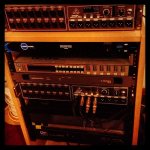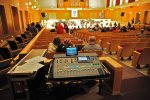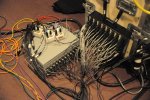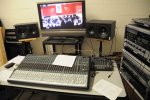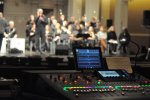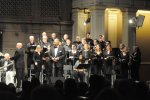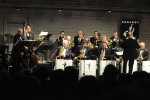Re: Happy new year
Thanks for the pics, and glad you had a nice gig. Looks like a sound persons dream - a step to the left, all the food you can eat, a step to the right all the drink you can drink! I bet the musicians were all very jealous.8)~ ~
~ Heck, I've been playing guitar 49 years and never had that happen to me!!!
Heck, I've been playing guitar 49 years and never had that happen to me!!!
Happy new year at all !
I had a very nice gig yesterday.
FOH left delicious dining and FOH right drinks without end :lol:
Thanks for the pics, and glad you had a nice gig. Looks like a sound persons dream - a step to the left, all the food you can eat, a step to the right all the drink you can drink! I bet the musicians were all very jealous.8)~

